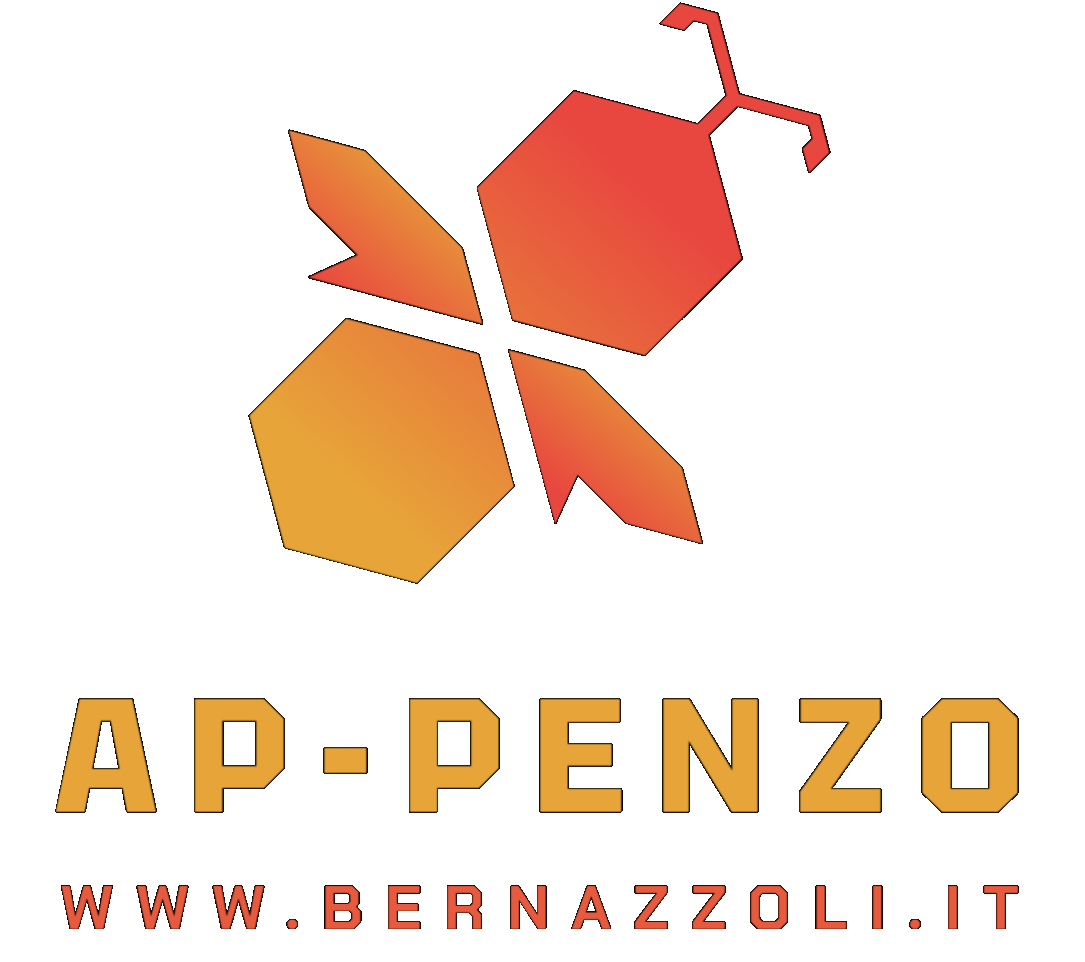Progettazione impianti

Industry 4.0 Plan

Smart Manufacturing in the Industry and Business 4.0 Plan
The main measures envisaged by the 2017 Industry 4.0 Plan and renewed in 2018 with the Business 4.0 Plan are: 250% hyper-depreciation for investments in new tangible capital goods that include all or some of the essential technologies for Industry 4.0; 140% super-depreciation for investments in new intangible capital goods, available to those eligible for hyper-depreciation. Annex A of the 2017 Budget Law lists the types of tangible assets eligible for 250% hyper-depreciation and the characteristics these assets must possess to qualify for this incentive. Three categories of assets are included: Capital goods whose operation is controlled by computerized systems or managed through appropriate sensors and actuators, i.e., machines, systems, or machinery lines; Quality and sustainability assurance systems, i.e., traceability and energy monitoring systems; Devices for human-machine interaction and for improving ergonomics and workplace safety in accordance with Industry 4.0 principles, i.e., innovative human-machine interface solutions. Annex B of the 2017 Budget Law lists the types of intangible assets (i.e., software, systems and system integration, platforms and integration) that can be subject to super-amortization at 140%; as specified in Circular 4/E, this includes all types of intangible assets closely related to the concept of Industry 4.0.

•Allegati A e B alla legge 11 dicembre 2016, n. 232 (legge di bilancio 2017)

Annex B
Negli impianti elettrici, gli utilizzatori assorbono daL. 11/12/2016, n. 232

Scrivi una descrizione per questa scheda e includi le inUno degli aspetti innovativi portati dal Piano Impresa 4.0 nel 2018 è stato quello relativo alla formazione dei lavoratori sulle tematiche inerenti l’Industria 4.0.







